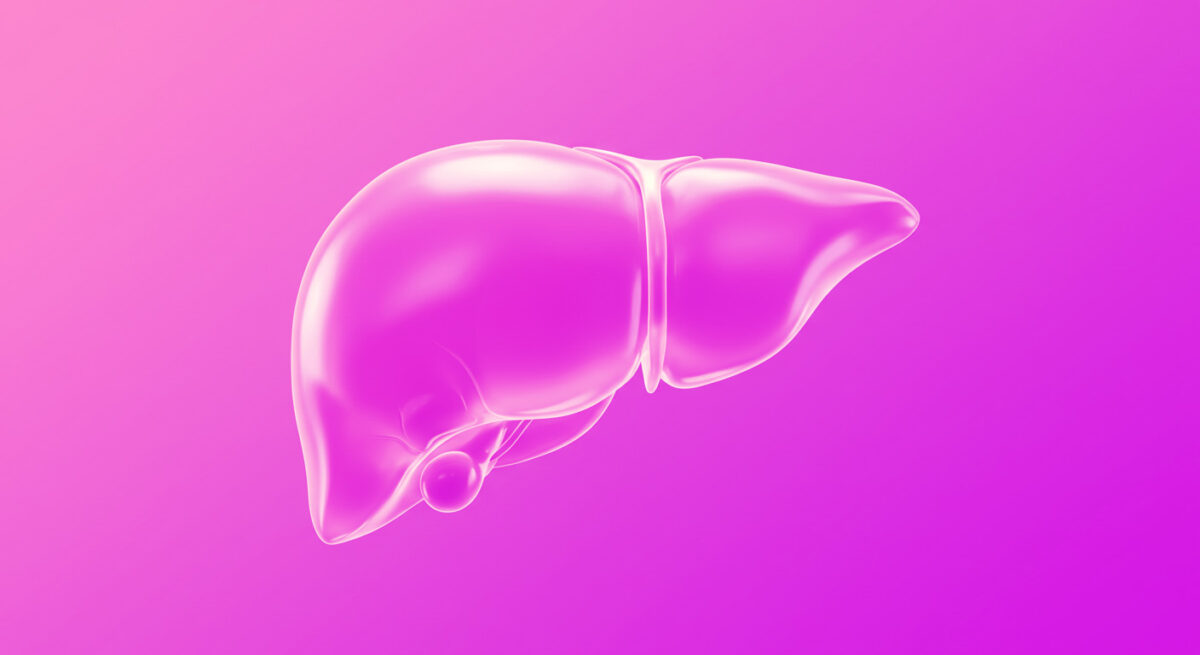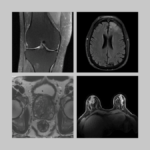Jingjia Chen, PhD, postdoctoral fellow at NYU Grossman School of Medicine and scientist with the Center for Imaging Innovation and Research at NYU Langone Health, was awarded second place in the scientific poster competition at the MRI motion correction workshop held by the International Society for Magnetic Resonance in Medicine (ISMRM) in early September in Quebec City.
Dr. Chen’s poster and talk detailed an improved way to perform fast, high-temporal-resolution dynamic contrast-enhanced MRI of the liver without the need to use motion compensation.
Dynamic contrast-enhanced MRI (DCE-MRI) can be used to visualize and measure how blood flows through an organ and is therefore very helpful in searching for various kinds of lesions, including in the liver. However, the liver shifts around and changes shape during normal breathing, and this movement can cause loss of definition on MR images. In addition, the flow of contrast through the organ can complicate efforts to accurately “compensate” for the liver’s motion (compensation refers to technical strategies aimed at mitigating undesirable effects of motion on MRI). Taken together, all these factors can make it harder for radiologists to find and evaluate subtle lesions, especially during what is known as the arterial phase of enhancement when the contrast changes rapidly.
One MRI technique that improves imaging during normal respiratory motion is GRASP, a method developed at our research center about a decade ago that has since become available on medical scanners worldwide and one that our scientists continue to improve and extend. The research presented by Dr. Chen, titled “Sub-Second DCE-MRI of the Liver Using GRASP-Pro with Navi-Stack-of-Stars Sampling,” is a case in point.
The new technique pushes the temporal resolution of DCE-MRI from a few seconds to less than half a second per volume—meaning that a three-dimensional image of the abdomen is acquired approximately 2-3 times per second, as opposed to once every few seconds. At this speed, breathing motion and contrast enhancement cause minimal changes between consecutive takes. As a result, the technique allows for accurate tracking of abdominal movements and produces images with better definition of subtle lesions. In their abstract, Dr. Chen and colleagues write that this advance “holds great promise for free-breathing DCE-MRI of the liver without respiratory motion compensation.”
Other workshop presentations from our team included a talk on optical tracking by Elisa Marchetto, PhD, and a talk on contactless sensing of internal motion via doppler radar by Christoph Maier, PhD. The full program is available on the workshop website.
A version of this post first appeared on the CAI2R LinkedIn.
October 3, 2024 update: A manuscript reporting this research has been peer-reviewed and published in the journal NMR in Biomedicine. See citation below.
Related Publication
DCE-MRI of the liver with sub-second temporal resolution using GRASP-Pro with navi-stack-of-stars sampling.
NMR Biomed. 2024 Dec;37(12):e5262. doi: 10.1002/nbm.5262
Related Stories
Jingjia Chen, postdoctoral fellow who investigates longitudinal imaging and imaging in the presence of motion, talks about using the past in the present, improving body MRI, and taking better pictures.
Congratulations to Jingjia Chen and coauthors on winning second prize in oral presentations at the International Society for Magnetic Resonance in Medicine workshop on body MRI.
Related Resources
Respiratory motion compensation, automatic bolus timing, and coil-weighted unstreaking for GRASP.
Raw k-space data and DICOM images from thousands of MRI scans of the knee, brain, and prostate, curated for machine learning research on image reconstruction.
A reconstruction method that sorts dynamic data into motion states in accelerated MRI.
Reconstruction code for fast and flexible free-breathing dynamic volumetric MRI.





